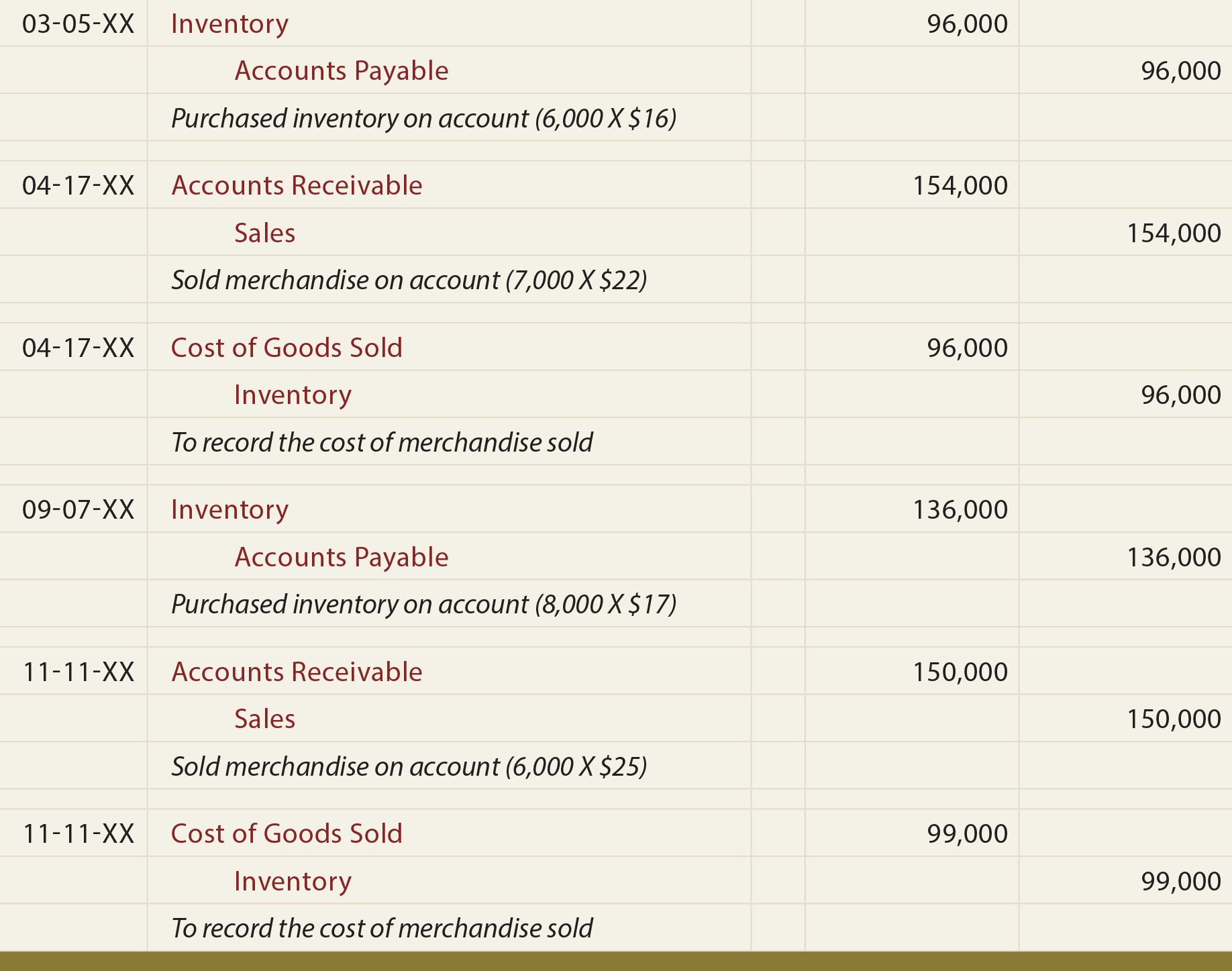
As well as being consistently up-to-date on the financial health of your business. The T-account summary for Printing Plus after closing entries are journalized is presented in Figure 5.7. Let’s explore each entry in more detail using Printing Plus’s information from Analyzing and Recording Transactions and The Adjustment Process as our example.
Closing Entry in Accounting: Definition and Best Practices
Closing your accounting books consists of making closing entries to transfer temporary account balances into the business’ permanent accounts. Although it is not an income statement account, the dividend account is also a temporary account and needs a closing journal entry to zero the balance for the next accounting period. The closing entry entails debiting income summary and crediting retained earnings when a company’s revenues are greater than its expenses. The income summary account must be credited and retained earnings reduced through a debit in the event of a loss for the period.
Permanent versus Temporary Accounts
To further clarify this concept, balances are closed to assure all revenues and expenses are recorded in the proper period and then start over the following period. The revenue and expense accounts should start at zero each period, because we are measuring how much revenue is earned and expenses incurred during the period. However, the cash balances, as well as the other balance sheet accounts, are carried over from the end of a current period to the beginning of the next period. These permanent accounts form the foundation of your business’s balance sheet.
Step 4: Transfer Balance
The expense accounts have debit balances so to get rid of their balances we will do the opposite or credit the accounts. Just like in step 1, we will use Income Summary as the offset account but this time we will debit income summary. The total debit to income risk response plan summary should match total expenses from the income statement. The first entry requires revenue accounts close to the Income Summary account. To get a zero balance in a revenue account, the entry will show a debit to revenues and a credit to Income Summary.
The total of the income summary account after the all temporary accounts have been close should be equal to the net income for the period. Income summary effectively collects NI for the period and distributes the amount to be retained into retained earnings. Balances from temporary accounts are shifted to the income summary account first to leave an audit trail for accountants to follow. Income summary is a holding account used to aggregate all income accounts except for dividend expenses. It’s not reported on any financial statements because it’s only used during the closing process and the account balance is zero at the end of the closing process.
For information pertaining to the registration status of 11 Financial, please contact the state securities regulators for those states in which 11 Financial maintains a registration filing. Instead, as a form of distribution of a firm’s accumulated earnings, dividends are treated as a distribution of equity of the business. Chartered accountant Michael Brown is the founder and CEO of Double Entry Bookkeeping.
- It is the end of the year,December 31, 2018, and you are reviewing your financials for theentire year.
- After the closing journal entry, the balance on the drawings account is zero, and the capital account has been reduced by 1,300.
- These accounts are temporary because they keep their balances during the current accounting period and are set back to zero when the period ends.
- The process of using of the income summary account is shown in the diagram below.
- We do not need to show accounts with zero balances on the trial balances.
This time period, called the accounting period, usually reflects one fiscal year. However, your business is also free to handle closing entries monthly, quarterly, or every six months. After the closing journal entry, the balance on the drawings account is zero, and the capital account has been reduced by 1,300. However, some corporations use a temporary clearing account for dividends declared (let’s use “Dividends”).

In this chapter, we complete the final steps (steps 8 and 9) ofthe accounting cycle, the closing process. You will notice that wedo not cover step 10, reversing entries. This is an optional stepin the accounting cycle that you will learn about in futurecourses. Steps 1 through 4 were covered in Analyzing and Recording Transactions and Steps 5 through 7were covered in The Adjustment Process. Companies are required to close their books at the end of each fiscal year so that they can prepare their annual financial statements and tax returns.